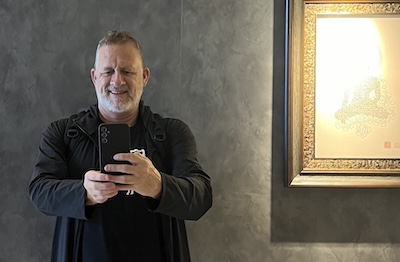Busan 2025: How Locations Shape Asian Productions, From “The Dark Knight” to “K-Pop Demon Hunters”
A scroll through cinema history reveals a selection of unique, now-iconic locations that have become synonymous with the movies they have helped bring to life.
Think David Lean’s Lawrence of Arabia and the sands of Jordan’s Wadi Rum (utilized for modern audiences in Denis Villeneuve’s Dune films). Think the Caped Crusader on the rooftop of Hong Kong’s International Finance Centre (IFC) Tower in Christopher Nolan’s The Dark Knight. Think of the spectacular chase scenes across Seoul’s Mapo Bridge in Marvel’s Avengers: Age of Ultron, and of how Black Panther made similar use of Busan’s Gwangan Bridge. These are locations that give each film an irreplaceable sense of place that can’t truly be replicated on a computer or in some other location, and they also benefit the actual destinations in which they were shot.
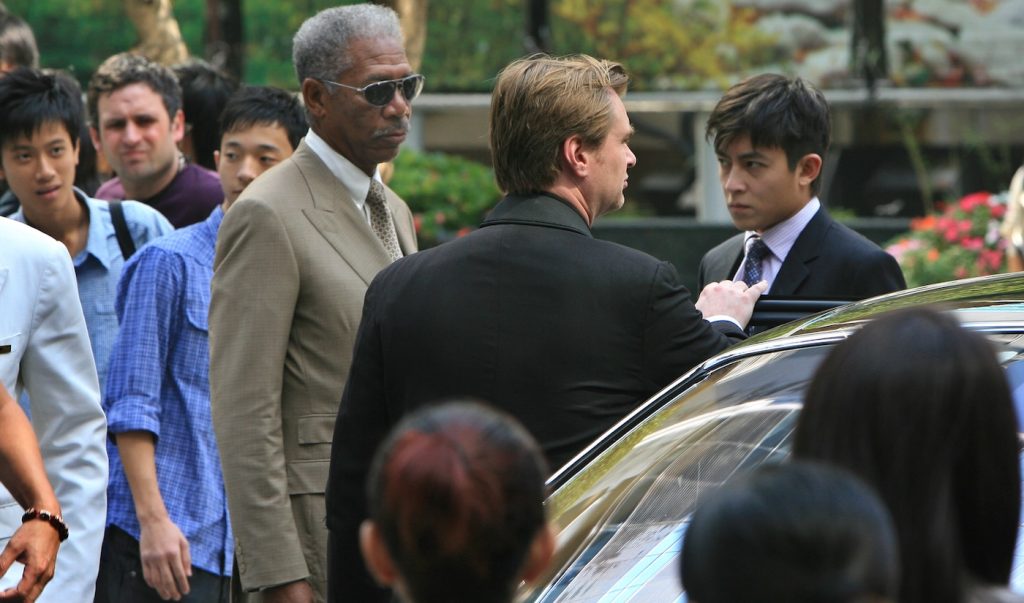
Governments across Asia have recognized the opportunities offered, which is why policies are now trending towards providing incentives, including rebates of up to 50 per cent on location spend. Content investment across the region is “unprecedented,” according to Bo Son, managing director, Motion Picture Association Korea.
Sharing such opportunities – along with previous experiences of hosting both large and small-scale productions – was the primary focus of the Enhancing Global Production Services in Asia seminar, co-hosted by the MPA, the Busan Film Commission (BFC), and the Asian Film Commissions Network (AFCNet) during this year’s Asian Contents & Film Market.
As Son explained in her opening address, the talent gathered represented the region’s leading markets – from Hong Kong (Chen On Chu, chief executive of October Pictures), to Japan (Misako Furukawa, producer from NLB), to Jordan (Mohannad Al Bakri, MD at the Royal Film Commission – Jordan) to Korea (Phil Kang, executive producer at Nine Tailed Fox). They were joined by Oscar-nominated director Carlos Saldanha (Ferdinand), who has extensive experience scouting locations worldwide.
“The need with animation and live action scouting is pretty much the same,” explained Saldanha, who is putting the finishing touches to the live action production 100 Days for Disney. “Find the right location, get the right incentives so you can shoot with the proper crew, but not only that, so that you can have the local support to make the best project that you can with the money that you have. As we know, some budgets can be very high, but that doesn’t mean that the movie will be a lot better. So, it’s a matter of finding the right place with the right support and the right structure, so you can make the best project with the money that you have.”
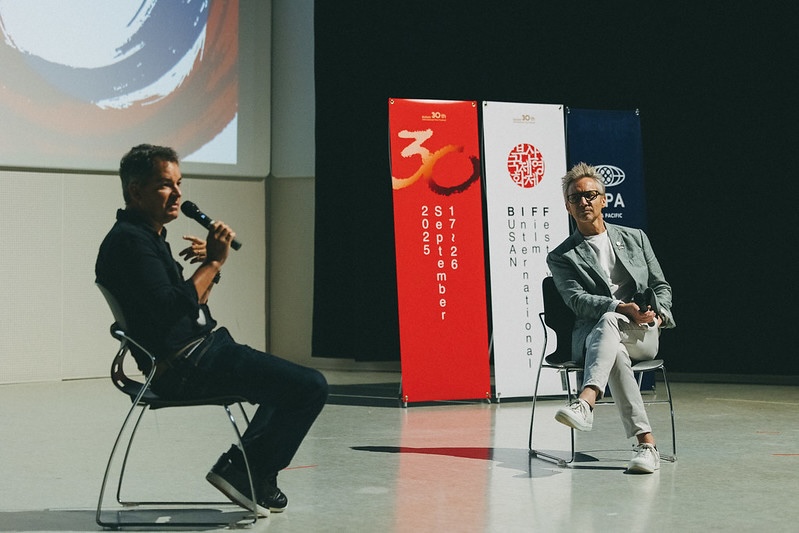
Animators look for inspiration when it comes to locations, and Nine-Tailed Fox’s Phil Kang picked up on the recent case of global sensation K-pop Demon Hunters, the Netflix-Sony Pictures Animation production that has taken the world by storm. Such was creator Maggie Kang’s dedication to authenticity that she turned to Phil Kang and his team to find locations her animations could reproduce.
“When we say inspirational scouting, we usually take the producers and engineers that work on these projects around – we show them what authentic Korea really looks like,” said Phil Kang. “And you can probably see that if you’ve seen the film, a lot of the locations where the film takes place are actually existing locations. The producers were able to select some of the locations that we could recreate legally. We took care of all the legality and the location permits, either public or private locations, so that these actual existing locations could feature in the film.”
A far different challenge was found – and met – by Hong Kong’s Chen On Chu, when faced with helping the producers of Transformers: Age Of Extinction. “When we work with international productions, we try to learn from their vision how the city can be fit into their story,” he said. “For Transformers, basically, I didn’t have a script to start with. I was competing [as a possible location] with the rest of the world. I had to propose locations that are not even in the script or not even in their concept. So my job was to impress Michael Bay.”
For Misako Furukawa, who’s recently finished working with Apple TV’s Sunny, which was shot entirely in Japan for six months, much of the work comes with ensuring that everyone, locals and visitors, is on the same page.
“We know what to do,” she says. “It’s about connecting. For foreign productions, they might just see a busy Shibuya crossing or a street full of lanterns, a nice Asian landscape, but it’s not as easy as just requesting permission to shoot. We communicate with them – this is what we can do and what we cannot do.”
While Lawrence of Arabia opened the international film world to what Jordan could offer, in more recent years, the government has prioritized access to the country’s locations and its support for the film industry, explained Mohannad Al Bakri.
“If you come to Jordan, in terms of the facilitation, the government is not only giving the cash rebate and the facilitation, but also the system that we work with is a very efficient system of giving the permissions or taking the approvals from any entity, whether it’s the private sector or the public sector, within days,” he said. “For any other services or any entities that are difficult to deal with, it’s a maximum of 10 days. That’s how it is. This is what we are always bragging about: our government, the support that we have, the understanding of the value of the film industry and the economic impact, the cultural impact, and so on.”
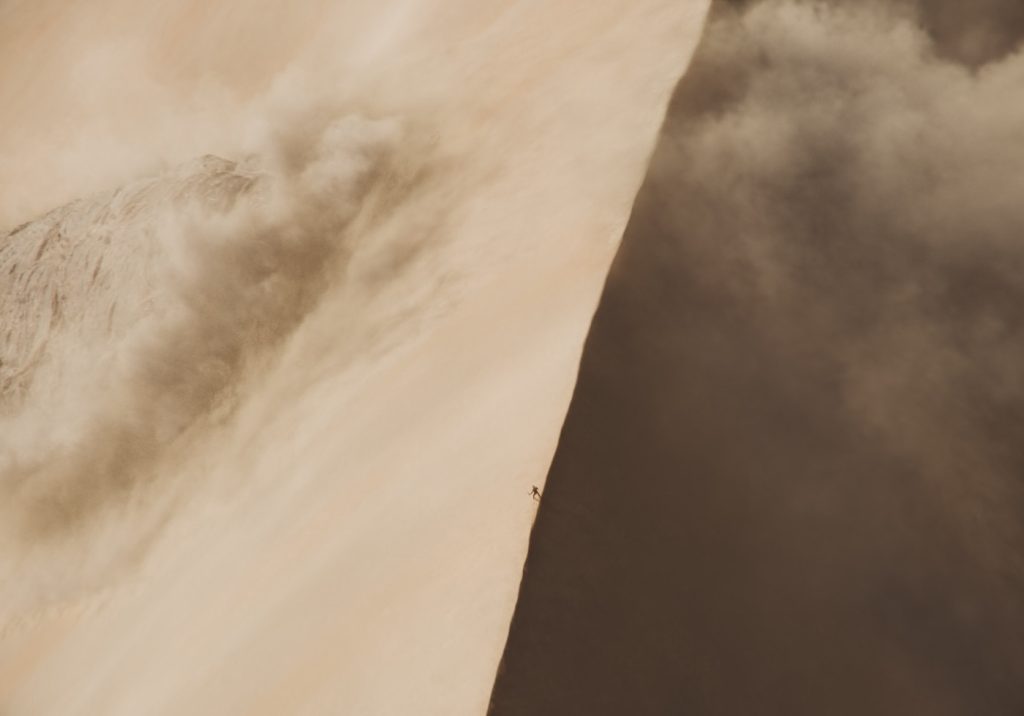
In further terms of that cultural impact, Hong Kong’s Chen pointed to the filming of Christopher Nolan’s The Dark Knight, which was released in 2008. “People still talk about Batman,” he said. “People come to Hong Kong and want to visit the sites. I’m still making a joke with the tourism board representatives. I say, how much do you spend on your publicity per year for Hong Kong, and how much would you spend to have Christopher Nolan, Christian Bale, and Morgan Freeman appear in your Hong Kong promotion? I think feature films actually help to tell the story of a city.”
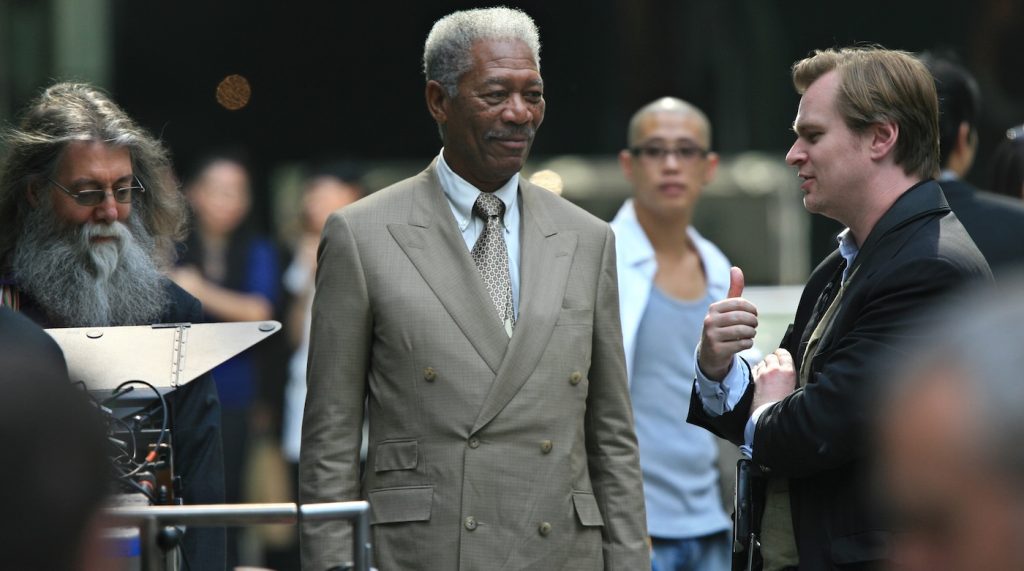
Featured image: A Hercules C-130, center, flies low over the evening view of Hong Kong’s Victoria Harbor for the filming of the latest installment of Batman series The Dark Knight on Wednesday, Nov. 7, 2007. 07NOV,2007
Featured image: Director of Photography GREIG FRASER on the set of Warner Bros. Pictures and Legendary Pictures’ action adventure “DUNE: PART TWO,” a Warner Bros. Pictures release. Photo by Niko Tavernise

